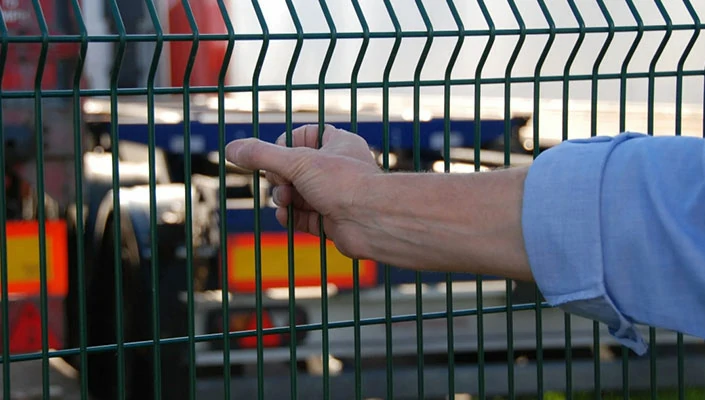The Process and Techniques Involved in Producing High-Quality Iron Nails for Industrial Use
The Manufacturing Process of Iron Nails
Iron nails are ubiquitous fasteners used in various applications from construction to crafting. Their manufacturing process involves several steps that ensure durability, strength, and functionality. This article outlines the journey of how iron nails are produced, emphasizing the significance of each stage in the production line.
Raw Material Preparation
The first step in nail manufacturing is the selection of raw materials, primarily iron or steel. The most commonly used materials are mild steel, which is renowned for its ductility and tensile strength. These materials are usually sourced from steel mills, where they are available in large sheets, rods, or coils. Once the raw materials are received, they undergo quality inspection to ensure they meet the necessary standards required for nail production.
Wire Drawing
After securing the raw material, the next phase is wire drawing. This involves pulling the raw rods through a series of dies, gradually reducing their diameter to the desired size. The wire drawing process can be done in multiple passes to attain the precise thickness needed for different types of nails. The drawn wire must be uniform and free from defects, as any inconsistencies can lead to weaknesses in the final product.
Annealing
To enhance the malleability of the wire, it undergoes an annealing process. Annealing involves heating the wire to a specific temperature and then cooling it gradually. This treatment not only improves the ductility of the iron, making it easier to bend and shape but also reduces internal stresses that may have been developed during the wire drawing process.
iron nail manufacturing

Nail Forming
The core of nail manufacturing is the forming process, where the wire is transformed into nails. This can be accomplished using various methods, including rotary machining, mechanical stamping, or cold heading. In cold heading, the wire is cut to length and then rapidly shaped into a nail under high pressure without the application of heat. This process allows for high-speed production and ensures that the nails' heads are formed adequately for effective fastening.
Surface Treatment
Once the nails are formed, they often undergo surface treatment to enhance their properties. Common treatments include galvanization, where a layer of zinc is applied to prevent rusting and corrosion. This is particularly important for nails intended for outdoor use, where exposure to moisture can lead to deterioration. Other surface treatments may include coating with different finishes, such as paint or lacquer, to provide aesthetic appeal or additional protection.
Quality Control and Packaging
Before the completed nails are dispatched, they undergo thorough quality control checks. This includes mechanical testing to verify the strength and durability of the nails, as well as visual inspections for defects. Only nails that pass these rigorous tests will be packaged and sent out for distribution. The packaging is designed to protect the nails during transportation and storage while also facilitating easy handling and use for end consumers.
Conclusion
The manufacturing of iron nails is a complex process that involves careful selection of materials, precise engineering, and rigorous quality control. Each step, from raw material preparation to surface treatment and final packaging, plays a crucial role in ensuring that the nails produced are of high quality and suitable for a myriad of applications. As a foundational element in construction and woodworking, the iron nail remains an essential tool, demonstrating the importance of innovation and precision in manufacturing practices. The evolution of nail production continues to reflect advancements in technology, ensuring that even the simplest of tools meets the demands of modern-day usage.
-
Weather Resistance of Woven Wire and Chicken Wire Fencing MaterialsNewsJun.05,2025
-
Umbrella Nails Innovations in Roofing Fasteners for Wind ResistanceNewsJun.05,2025
-
Modern Barbed Wire Fence Designs for Perimeter ProtectionNewsJun.05,2025
-
How Iron Nail Wire Enhances Nail Strength and Installation EfficiencyNewsJun.05,2025
-
High-Security Razor Fence Solutions for Perimeter ProtectionNewsJun.05,2025
-
Durable Wire Netting Fence Solutions for Animal EnclosuresNewsJun.05,2025




